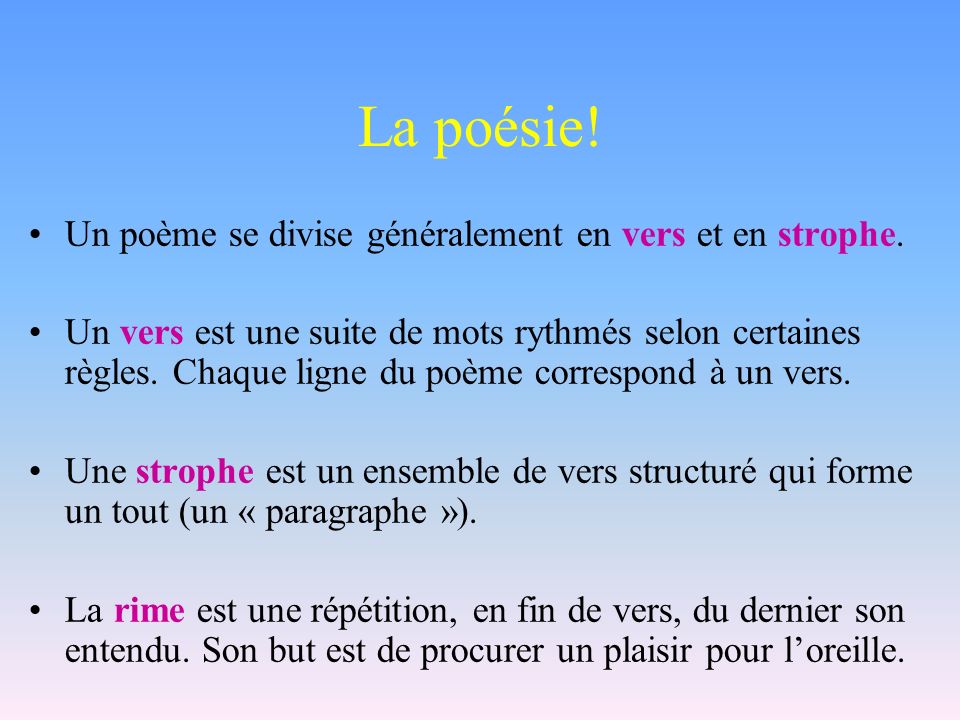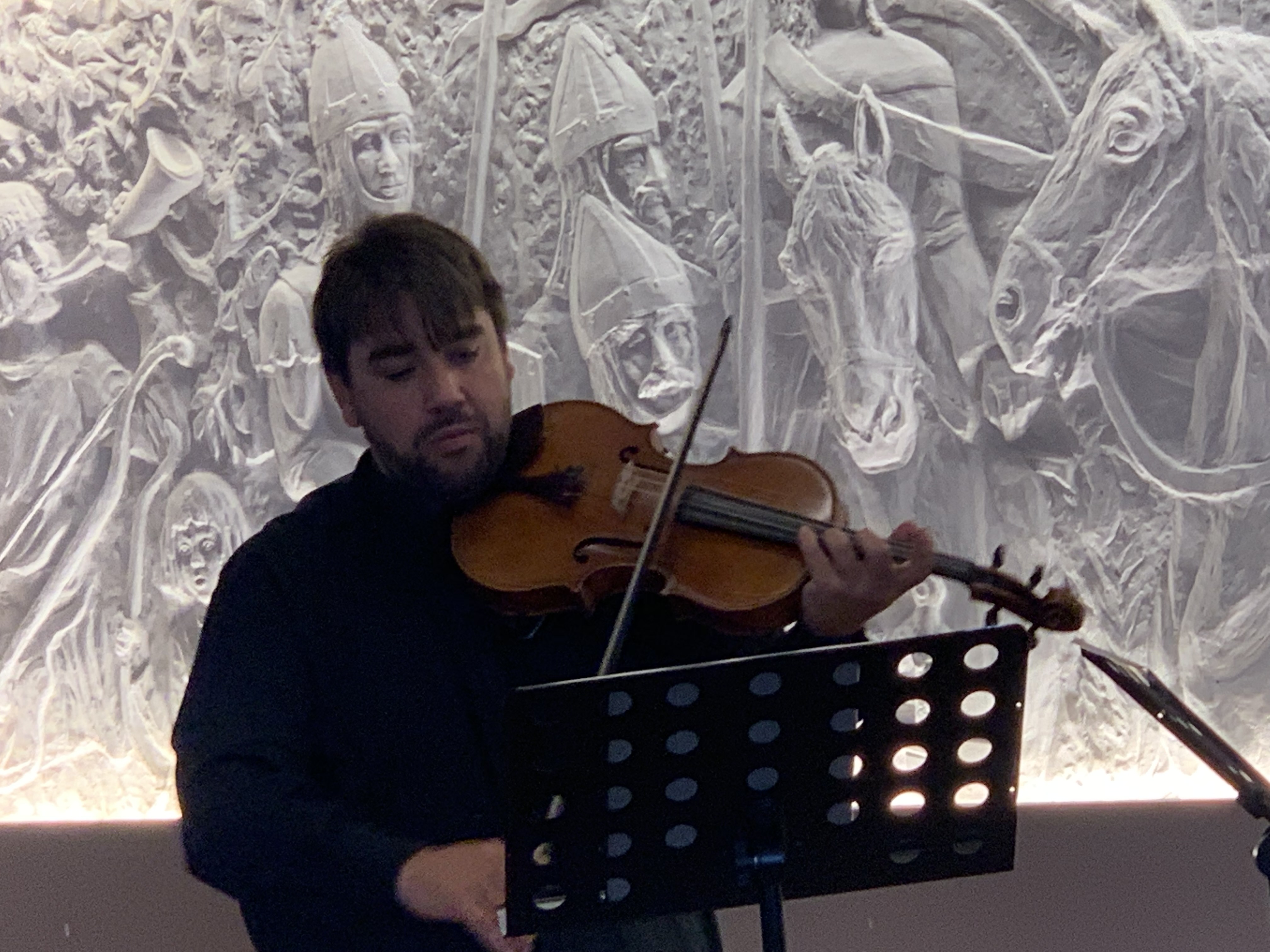
For female Barn and Tree Swallows, survival was higher when EVI was lower, and for Barn Swallows, survival was also higher when the BBS index was higher. Across weather and climate variables, conditions that are typically favourable for high insect availability (e.g., higher precipitation, warmer temperatures and lower wind speeds) resulted in higher survival. Survival rates for all four species were typically higher (Barn and Tree) or similar to (Cliff and Bank) of estimates from populations that have not undergone severe, long-term declines. For two data-rich species (Barn and Tree swallows), we modelled the relationships between survival and weather (cold snaps, precipitation, temperature, and wind speed) climate (El Niño-Southern Oscillation (ENSO) and North Atlantic Oscillation (NAO)) Enhanced Vegetation Index (EVI) as a measure of primary productivity during the winter number of active nests as a measure of site quality and the Breeding Bird Survey (BBS) annual population index as density dependent processes. Using mark-recapture data from 2012–2019, we determined apparent annual adult survival rates for Barn Hirundo rustica Linnaeus, 1758, Tree Tachycineta bicolor Vieillot, 1808, Bank Riparia riparia Linnaeus, 1758, and Cliff swallows Petrochelidon pyrrhonota Vieillot, 1817. Swallow (Family: Hirundinidae) populations in the Canadian Maritimes have declined since the 1980s. We conclude that successional habitats that result from natural regeneration or restoration in disturbed areas, as well as decreased future footprint through recovery of mature forests and limiting of new disturbances, will both be important components of efforts to reverse population declines and maintain bird populations in the region. Residency probability was negatively related to disturbance within 1-km scale of stations and could reflect processes affecting the ability of birds to establish or maintain territories in disturbed landscapes. Adult apparent survival showed relatively little response to disturbance stresses experienced beyond the breeding grounds likely play a larger role in influencing survival. Productivity was positively correlated with disturbance within 5-km of stations after controlling for disturbance within 1-km of stations, suggesting the importance of earlier successional habitat for post-fledging birds in the larger landscape. Species associated with early seral stages were more commonly captured at more disturbed stations, while species typical of mature forests were more commonly captured at less disturbed stations.

Consistent with the hypothesis that habitat loss may be driving declines, trends in adult captures, productivity, and survival were all more negative at stations with larger increases in disturbance over the study period. Adult captures, productivity, and residency probability all declined over the study period, and adult apparent survival probability also tended to decline. We applied hierarchical multispecies models to data from 31 bird species at 38 Monitoring Avian Productivity and Survivorship (MAPS) stations to assess 10-year (2011–2020) demographic trends and responses to energy sector disturbance (human footprint proportion) in the Athabasca oil sands region of Alberta, Canada. Habitat loss and disturbance from industrial resource development may be contributing to declines in boreal bird populations. For the buzz note, we measured the dominant frequency, bandwidth, and duration, which have all been measured in a number of other studies (e.g., Wood. For Song Sparrows, which have more var- ied song structure, we measured additional parameters associ- ated with the buzz note because this consistent element is readily comparable across individuals. The number of different note types within each song type served as an estimate of overall complexity. We also measured peak frequency (defined as the tonal frequency at which the maximum amplitude occurred), number of repeats, and internal rate (defined as the amount of time between 2 successive notes) of the most-repeated element in each song. We defined the most- repeated element as the note type that was repeated the most times within a strophe, excluding entrance notes (see Fig. For the 3 oscine species, mea- surements were made with respect to the most-repeated element of each song type because this represented the single note type in which the bird invested the most time.



also measured several microparameters involving the individual notes within strophes.


 0 kommentar(er)
0 kommentar(er)
